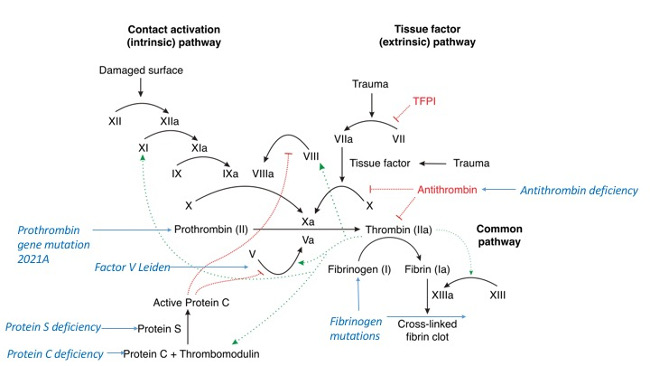
Katie Tang
32, Female
The working diagnosis is that of acute massive pulmonary embolism. This is evidenced by characteristic ECG changes, right heart failure and evidence of a saddle embolus in the main pulmonary artery and branches. The patient is hypoxic with evidence of systemic hypoperfusion and cardiogenic shock.
First line management is thrombolysis with a thrombolytic agent, either alteplase or recombinant tenectaplase. There is a high risk of mortality with the above clinical features if the patient is not thrombolysed. The patient will require haemodynamic support. Cardiac monitoring and neurological observations during thrombolysis due to the bleeding risk associated with thrombolysis.
Treatment as follows:
- 1. High flow oxygen to maintain oxygen saturations >95%
- 2. Haemodynamic monitoring –non invasive BP and cardiac monitor
- 3. IV fluids to maintain systemic blood pressure
- 4. IV heparin: bolus followed by infusion aiming for APTR (this should be stopped if the patient is going to receive thrombolysis)
- 5. IV thrombolysis –bolus followed by infusion
- 6. Escalation to intensive care support if patient develops severe haemodynamic compromise: peri-arrest/cardiac arrest
- 7. Long-term anticoagulation

